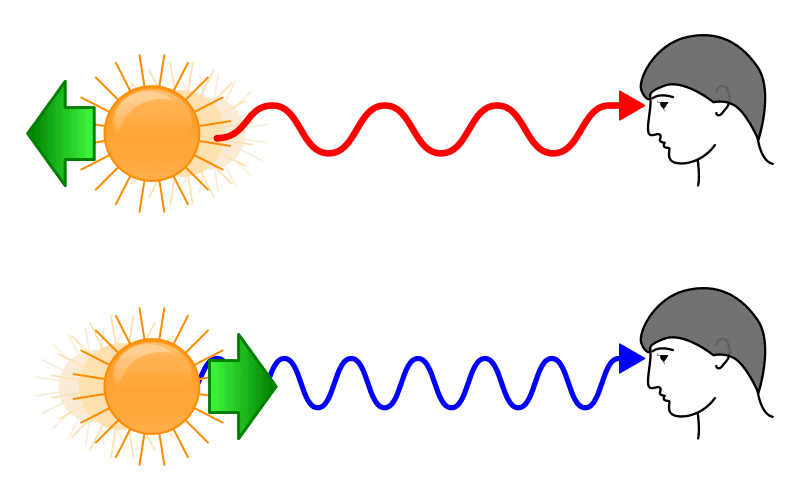Let’s start with the history of the universe (a very brief one). After the Big Bang, the Universe was essentially a hot soup of particles. Things started to cool down and eventually started forming hydrogen atoms. At some point, the universe became neutral and transparent, but because the clouds of hydrogen collapsed very slowly, there were no sources of light — it was a period of complete and utter universal darkness aptly called Dark Ages.
The famous dark matter slowly started to form structures that later became the first source of light in the universe. The emergence of these sources occurred in the Epoch of Reionization (EoR), around 500 million years after the Big Bang. Now, astronomers have found that formed not that long after this period.

Astronomers from China, the US, and Chile have now found a huge galaxy protocluster (a dense system of dozens of galaxies from the early universe that grows together) from the early days of the universe. Called the LAGER-z7OD1 cluster, it dates from a time when the universe was still a baby — only 770 million years old, early in its history. These objects are important tools that enable astronomers to examine the EoR.
The group that worked detecting these objects is called the Lyman Alpha Galaxies in the Epoch of Reionization (LAGER). Lyman Alpha Galaxies are very distant objects that emit radiation from neutral hydrogen and they are the components to find clusters that are so old.
LAGER primarily used the Dark Energy Camera (DECam) from the Cerro Tololo Inter-American Observatory (CTIO) 4-m Blanco telescope in Andes, Chile. They found out was it is a system with a redshift of 6.9 — here’s why that’s intriguing.
Redshift is a measure of how something is moving in space: if it moves away from us we see a longer wavelength, which means a positive redshift and a wavelength skewed towards red — if it is moving towards us, it means shorter wavelengths, a negative redshift, and a wavelength skewed towards blue. The bigger the redshift, the more distant it is from us.

The cluster has 21 galaxies and if you want to estimate distance, the volume is probably 51,480 Mpc³ (1 Mpc is almost 3 million light-years) and it’s about 3,700,000 billion times more massive than the Sun. In addition, it has an elongated shape which means subclusters merged to form the bigger structure.
It’s basically a gazillion miles from us, but a gazillion isn’t good enough for astronomers — they always want to know just how far away things are. In this case, however, an approximation will have to do.
The problem is that we don’t have the exact distance of things because we don’t know exactly the universe’s speed of expansion. The farthest object the Hubble Space Telescope Collaboration detected is a galaxy called GN-z11, with redshift 11.09. A recent discovery of the furthest quasar with the help of another Chile-based observatory, the Atacama Large Millimeter/submillimeter Array (ALMA), also found a redshift of 7.642.

The Plack Collaboration estimated that the EoR probably started at z=7.67. This estimation uses the polarization of the Comic Microwave Background photons, just like polarizing light with sunglasses, but with a level of sensitivity so high that the instruments to detect it must be at temperatures close to absolute zero. Another important conclusion came from search for quasars formed in this period, usually the many papers about it conclude that the end of the EoR was around z=6.
Lyman Alpha Galaxies and quasars are major findings to understand the EoR. The best sample of quasars we have now has only 50 quasars, not much to represent the EoR for the entire universe. LAGER-z7OD1 is an example of cluster which possibly formed in the middle of the process, until absolute certainty is obtained more observations like this one need to come.
The study was published in Nature Astronomy.


